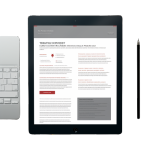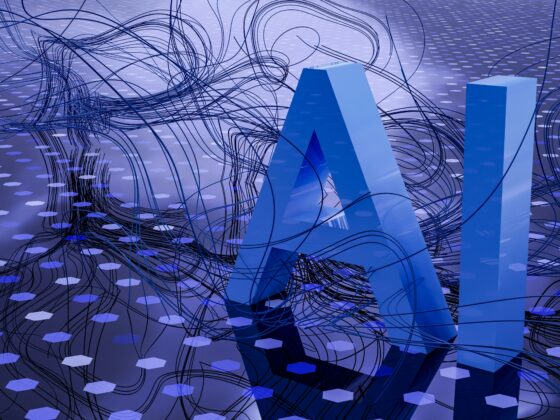
Reinventing Check-In: From Concept to Kiosk in 10 Months
Meyers recently had the chance to return to his roots in hardware design with MGM’s “Front Desk of the Future” initiative—a project aimed at reducing wait times at the bustling New York-New York property. His team developed a custom kiosk to streamline the check-in process, cutting the average interaction time from six minutes to just 94 seconds.
“It was a really fun project,” Meyers said. “We partnered with a kiosk company to build the hardware from scratch, developed the internal software in-house, and even created an animated video to walk guests through the process.”
From initial concept to rollout, the entire project was completed in just 10 months—showcasing how speed and creativity can dramatically improve the guest arrival experience.
Applying AI Where It Matters: Streamlining the Banquet Event Order Process
While much of the hospitality industry’s AI focus remains on guest-facing tools, Meyers has been quietly implementing AI behind the scenes to eliminate inefficiencies and manual processes. One of his most successful AI deployments to date is a tool that streamlines how MGM’s catering teams handle banquet event orders (BEOs).
The idea came after a conversation with the head of group housing and catering, who described a cumbersome process: sales staff typed up BEOs in free-text format, then emailed the documents to culinary teams. Chefs across multiple specialty kitchens—pastry, grill, cold prep, smoker, and others—were responsible for opening the Word docs and manually highlighting items relevant to their station using color-coded markup.
“It was wild,” Meyers said. “Someone would literally highlight text in Word and email it to the chefs, who had to read through and pick out what applied to them. It was a totally manual system that left a lot of room for error.”
The catering team was hesitant to change the process, especially given the wide variability in food requests—ranging from standard menus to ultra-specific requirements for branded events.
“They said, ‘We can’t just use dropdowns—if McDonalds hosts an event we have to supply an actual Quarter Pounder with Cheese, not just a burger,’” Meyers recalled. “But I realized AI could handle that complexity.”
Meyers’ team built an AI-powered tool that now parses the BEO automatically, using machine learning to interpret dish descriptions and route them to the correct kitchen station. Instead of highlighting PDFs or Word docs, the system generates a clean, categorized report and interactive UI for chefs and kitchen staff.
The solution launched at Mandalay Bay—home to one of MGM’s largest convention centers—and has been in use since February 2025.
“It’s been really well received,” Meyers said. “We didn’t just make it more efficient—we preserved the flexibility the catering team needs, while taking the manual burden off the chefs.”
The BEO project not only highlights Meyers’ hands-on approach to innovation but also signals how thoughtfully deployed AI can solve deeply rooted operational challenges.





